Want a heads up when a new story drops? Subscribe here.
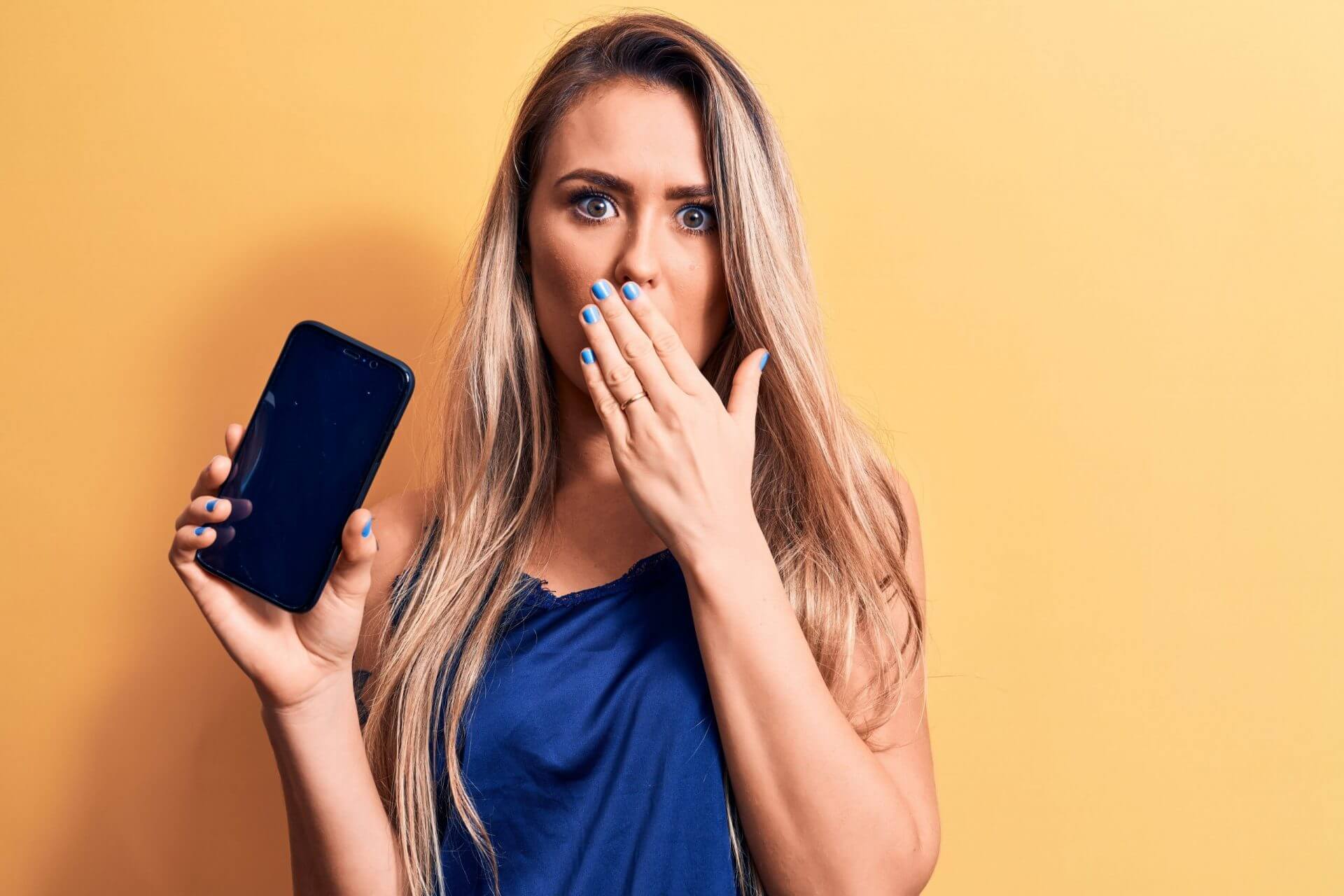
Fashion and beauty influencers are responsible for almost 40% of influencer marketing spending in 2020, reaching USD 2.02 billion of global value. This number makes them the most influential social media personalities, able to sway the opinions of billions of users. The impact of fashion and beauty influencer marketing is so significant that its growth is said to continue and reach USD 17.12 billion of global spending by 2027.
Beauty Influencers are a valuable asset to businesses for boosting brand awareness, reaching and generating leads and sales. However, to fully benefit from such public endorsements, businesses have to carefully consider the benefits and risks of working with an influencer before stepping into a partnership.
Here are a few things to keep in mind:
Table of Contents
Pros & Cons of Influencer Marketing
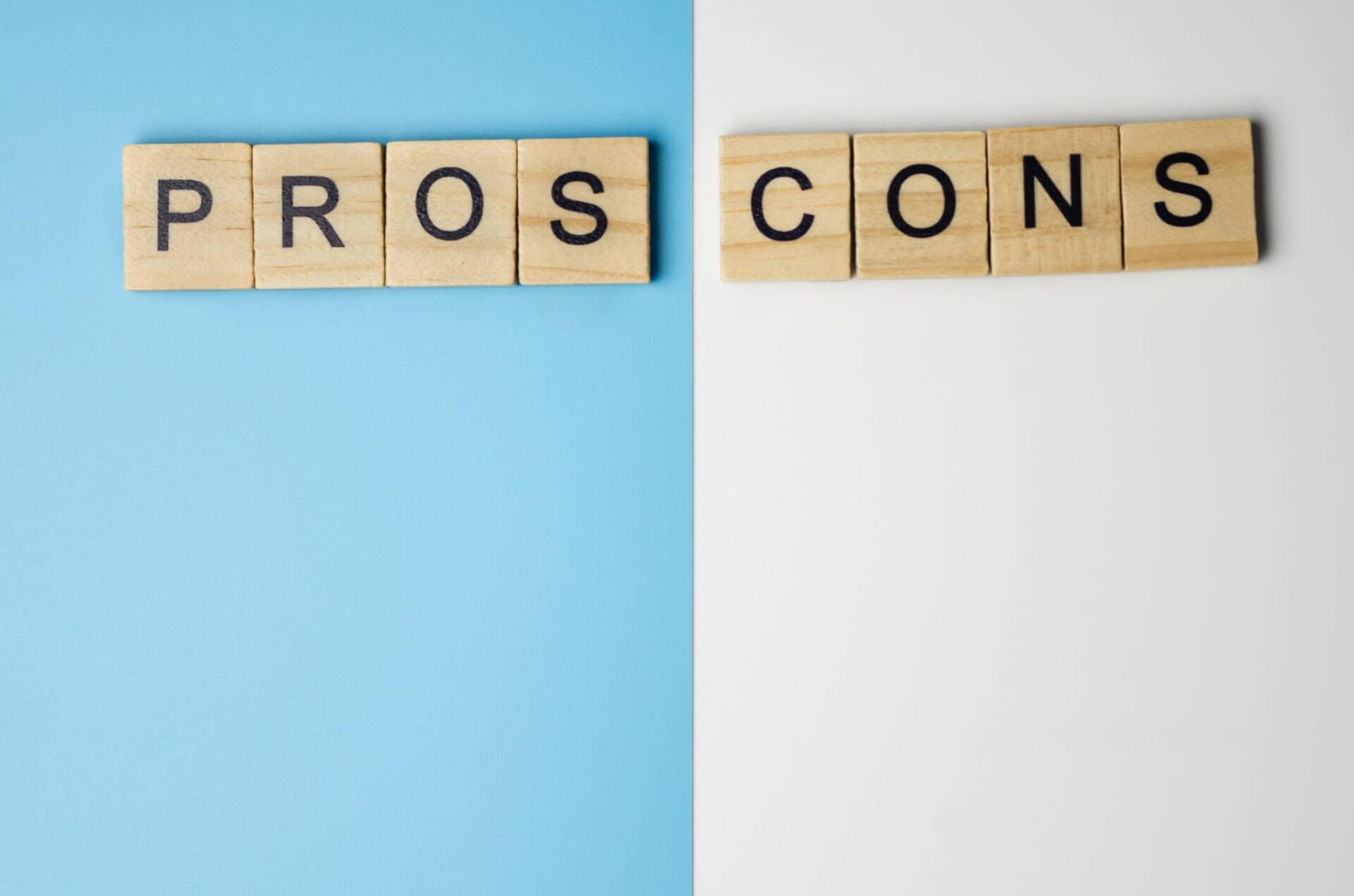
Pros
-
No pushy advertisements
There is no better way to promote your product than involving a person that has built a community around themselves and is trusted among their peers.
Mouth-to-mouth marketing might be old but is still the most effective way of selling. People are much more likely to trust someone they consider a friend or part of their community than any brand.
-
Fresh Content
Influencer marketing will allow you to create fresh and engaging content in a way you or your team might not have thought of.
You not only get to reach a specific audience but engage them with a creator’s style they already know and like.
-
Helps Build Trust
People are inherently suspicious of brands they don’t know. You won’t have much success in making them trust you by simply declaring your product or service is good for them. They need to hear it from someone they already trust.
Social media influencers are perfect for delivering that message. People trust them because influencers don’t usually recommend things they are not genuinely happy about. If they lose their audience in an instant.
Cons
-
Takes Time & Resources
Establishing a working relationship with a beauty influencer might take more time than you have anticipated.
These types of partnerships might even require you to assign someone within your organization to deal solely with your influencer relationships.
-
Harder to Control
Although your agreement with the given beauty influencer might allow you to give basic directions on what your promotional content looks like- the influencer will have the final say.
The influencer’s unique voice and style are the reasons you might want to work with them, but are also why you will have less control over how your product is presented on their social media channels.
-
Harming Brand Reputation
One of the most significant negative effects of working with the wrong social media influencer is the dreaded PR crisis.
If you haven’t invested enough time in researching the influencers you’re working with you might one day be unpleasantly surprised to find yourself in the middle of a public uproar caused by your partner.
Why Should You Carefully Choose Your Beauty Influencer Partnership
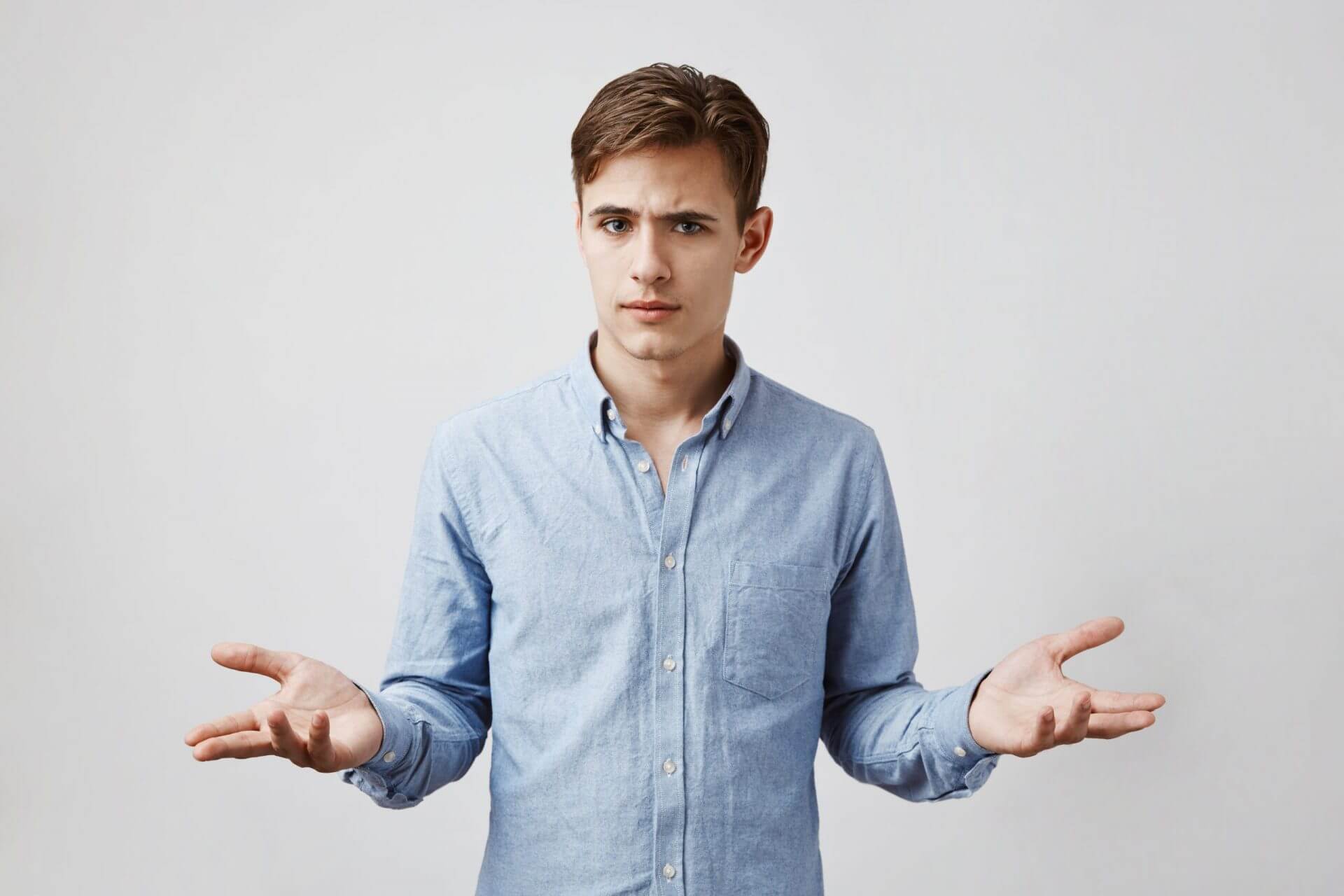
There have been a few notable cases recently of beauty influencers facing significant scrutiny over questionable behavior that has been forced to withdraw from established brand partnerships amid concerns of a PR crisis.
From Fame to Shame- Kris Wu’s Quick Fall from Grace
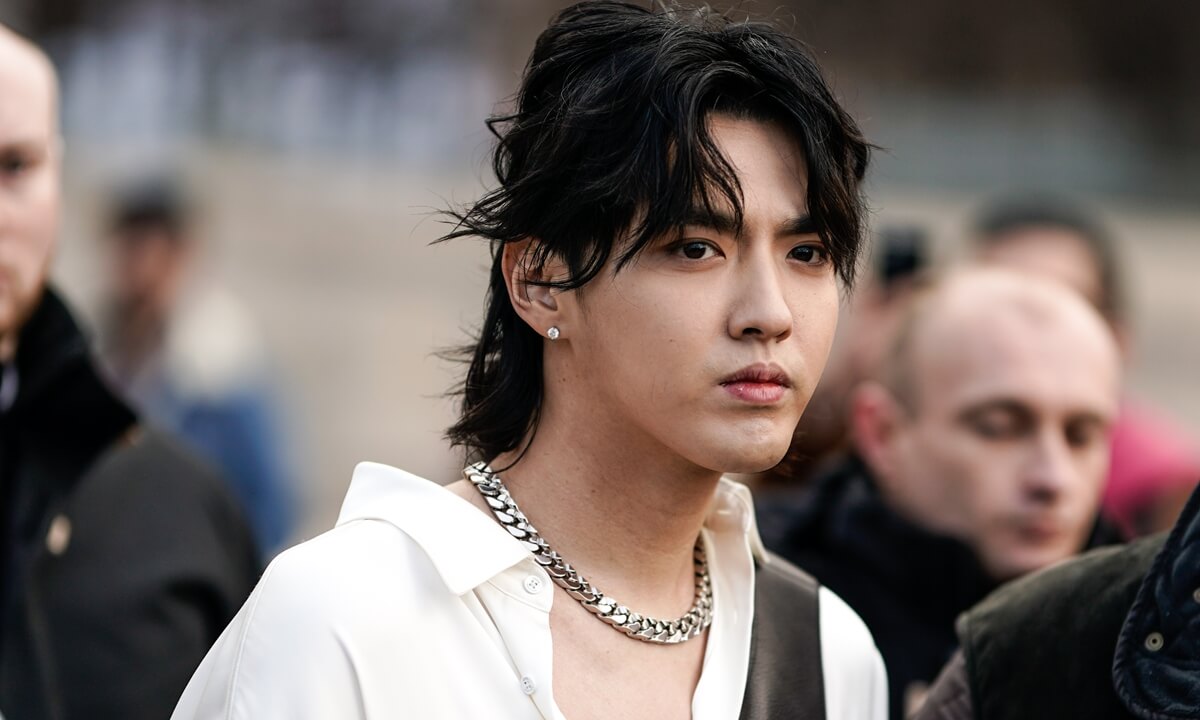
Kris Wu
Kris Wu – a Chinese- Canadian superstar, is one of the most influential celebrities in China with, until recently, over 51 million followers just on his Weibo social media profile.
Wu has been a brand ambassador for several prominent fashion brands such as Louis Vuitton, Bulgari, L’Oreal Men, Kans, and Lancome.
His influence on Chinese consumers is even credited for the revival of Burberry sales in the country back in 2017.
His endorsement deals, however, have been quickly retracted one-by-one, in light of recent allegations against the once K-pop band EXO member. Kris has been accused of sexual misconduct by several women in the past few months which led to his recent arrest.
The allegations against Wu are not only hitting his career hard but serve as a cautionary tale to the brands he’s been partnering with. The Chinese public has already boycotted brands he has endorsed, judging them for partnering with a person now part of the infamous “MeToo” movement.
The huge PR storm that has engulfed the celebrity is dragging down the fashion giants, forcing them to drop him as a partner in an effort to control the damage.
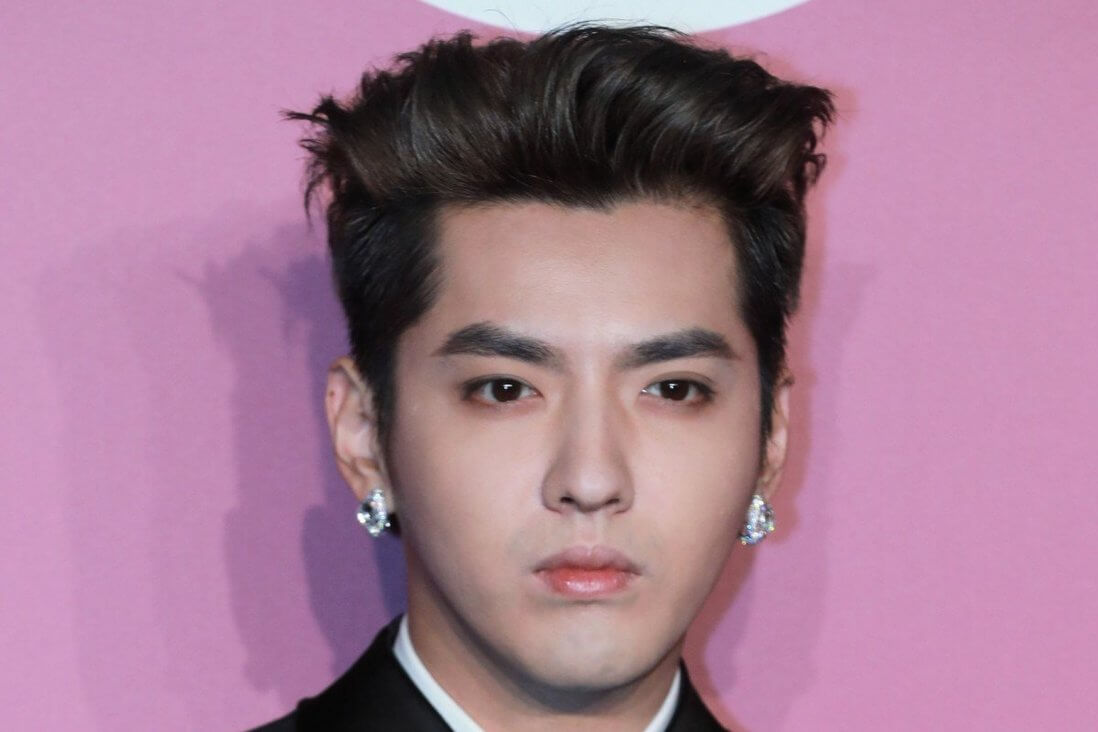
Kris Wu
What’s more, brands are now criticized for how long they took to respond to the scandal. Of the aforementioned, brands only Kans was quick to react to the news of the allegations and drop the celebrity from their influencers list. That in return helped them manage the situation better and gather more positive responses from the public.
For brands looking to partner with influencers, Kris Wu’s fall, is an example of how careful background checks and swift reactions are a priority if they want to avoid and handle better any PR crises.
Inappropriate Messaging by YouTube Influencer Jeffrey Star

Jeffree Star Palette Cremated
For example, Jeffree Star, one of the most influential make-up artists, is almost constantly the subject of public backlash.
Star’s beauty line “Cremated” launched in the midst of a global pandemic caused a considerable outcry.
Star was criticized for launching the eye-shadow palette at a time when the world was preparing to face a global pandemic that threatened the lives of millions. To add to the PR disaster Star’s palette came in gray, black, and earthy shades adorned with images of tombstones and urns.
Eye-shadow Palette- Cremated
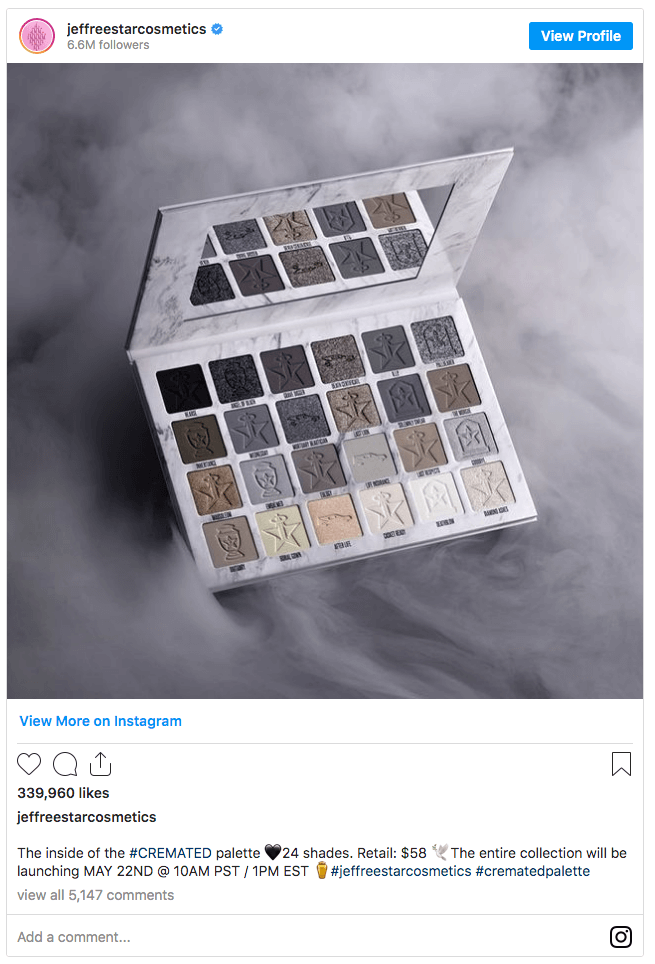
Eye-shadow Palette- Cremated
Named “The Morgue” Death Certificate”, “Digger”, and “Casket Ready” the shades in the palette sounded inappropriate and insensitive. The photoshoot for “Cremated” was taken at the Hollywood Forever Cemetery, where Star posed outside a mausoleum. The beauty influencer claimed the project was in the works for over a year and approved since September 2019 but the release in May 2020 wasn’t well received.
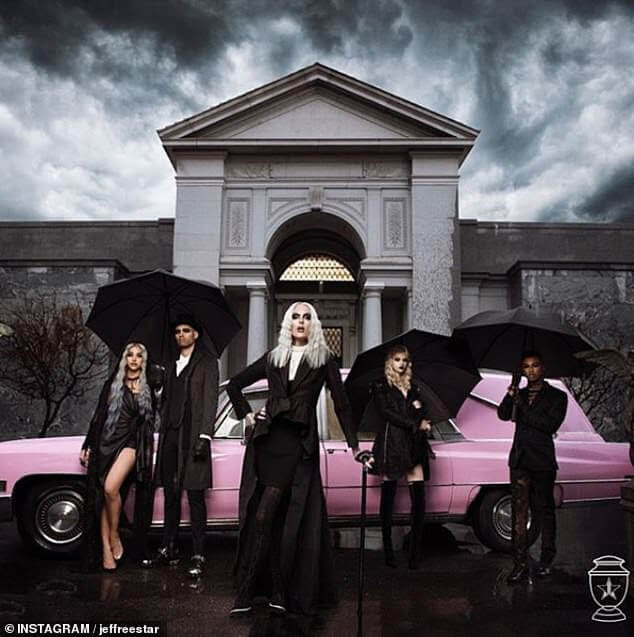
Eye-shadow Palette- Cremated
Sexual Allegations by Influencer James Charles Causes a PR Nightmare

James Charles
Another influencer getting into hot water over alleged sexual misconduct is James Charles. James is no stranger to being criticized for his online and offline behavior.
Most recently, Charles was demonetized by YouTube after allegedly sexting with teenagers. As a consequence, the beauty influencer lost 200,000 Tik-Tok followers. Not only that but James was dropped by the beauty brand Morphe. He was also removed from a recent Bella Porch video, and will not be appearing on YouTube’s beauty festival – Instant Influencer.
James Charles PR stunts cause immense financial losses for the brands he’s representing. Morphe alone is faced with a loss of a $4.4 million of net earned media value that the influencer previously generated for the brand in just the first quarter of 2021.
Charles’ enormous following of 25 million fans did not respond well to his sexting scandal and justifiably so. Sexually inappropriate behavior is obviously his fanbase does not condone.
Beauty Influencer Chrissy Teigen Gets Canceled by Target over Posting Intimidating Comments to Minors

Chrissy Teigen
Brands should also remember that influencer’s forgotten past indiscretions will inevitably surface sooner or later. Offensive and inappropriate language and questionable comments (especially to minors) will be harshly judged by their fanbase.
Take Chrissy Teigen, for example. The model’s name has appeared in a few PR storms (or nightmares) but most recently she was in the middle of a scandal over comments she made on Twitter about Courtney Stodden over ten years ago. Her bullying tweets urging Stodden to take their own lives are now haunting Teigen and hurting her brand deals.
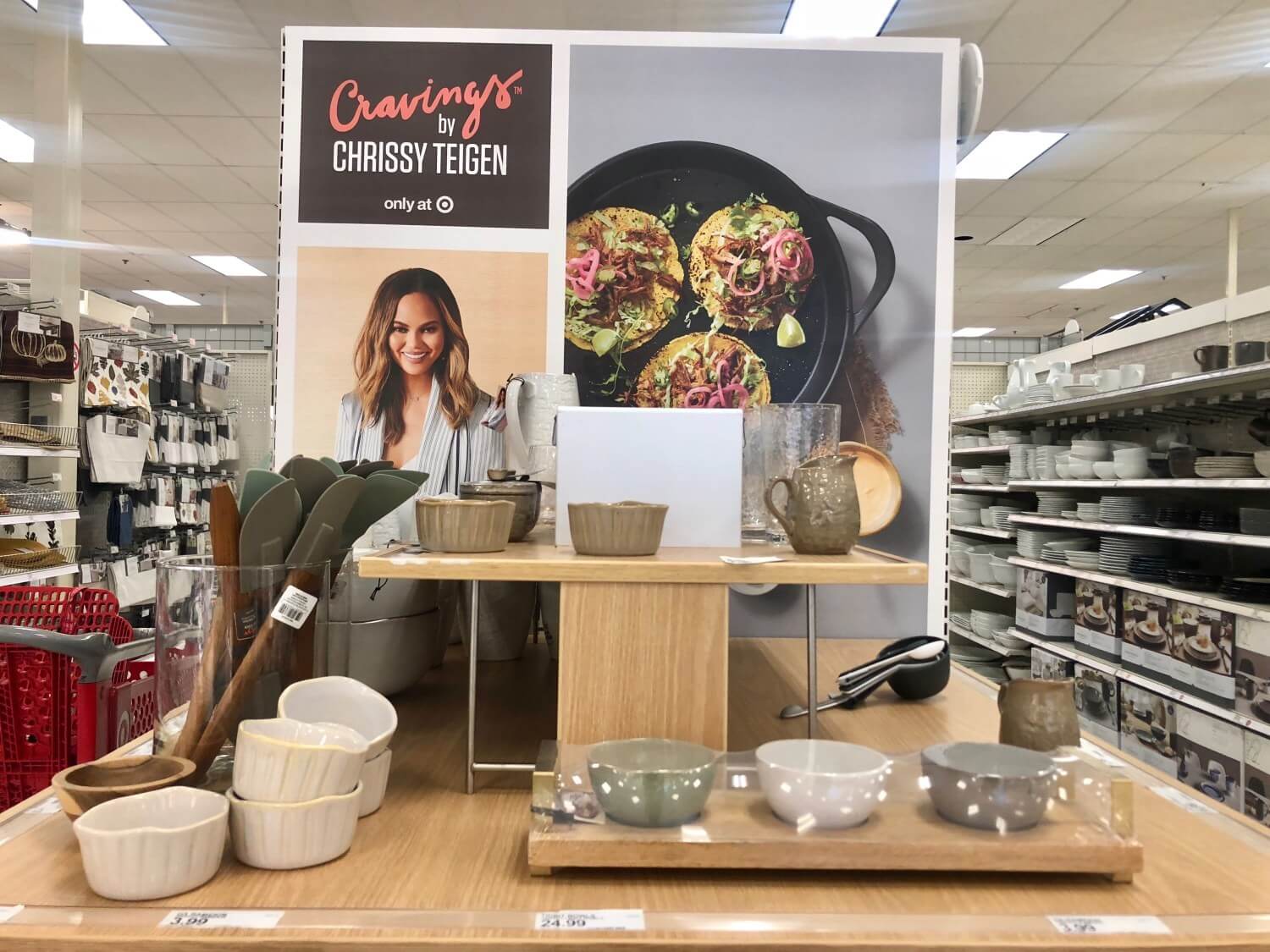
Chrissy Teigen Cookware Stand
After the model’s comments resurfaced, Target removed her cookware line from its website. The move was part of a previously agreed change, where Tiegen’s line was supposed to be exclusive to Target. Her cookware is now available both on her own e-commerce website and Macy’s. However, many wonder if Target’s actions were agreed upon, before the incident.
Teigen’s recent public apology was criticized by Stodden- who claimed that the model never reached out to them to apologize in private. Stodden commented: “I accept her apology and forgive her. But the truth remains the same, I have never heard from her or her camp in private. In fact, she blocked me on Twitter.”
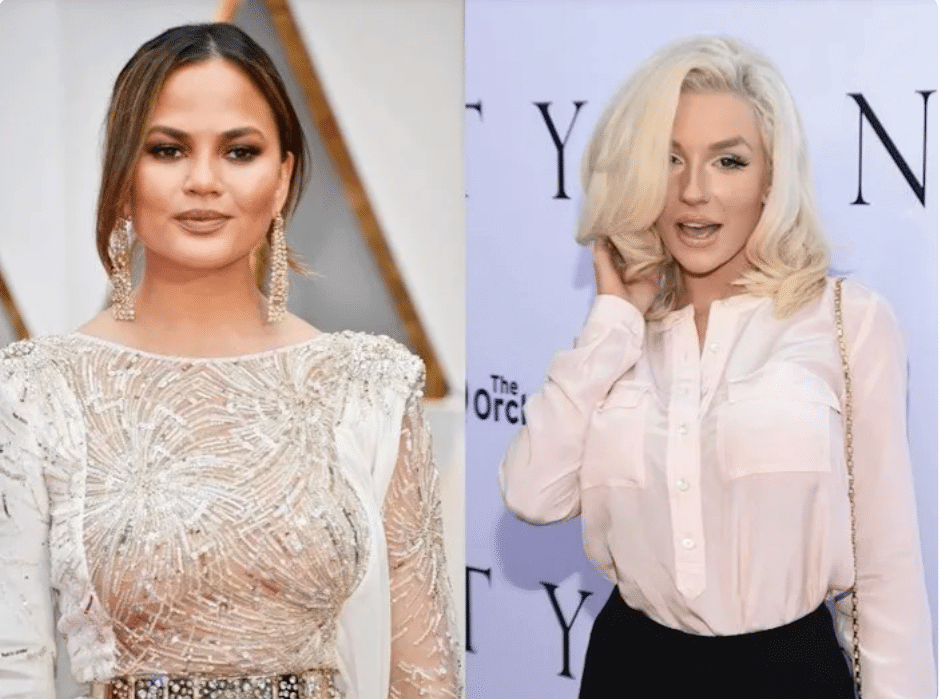
Her comment was followed by another public apology from Tiegen, who repeated her regret for her past actions and apologized again, stating she’s also privately reached out to Stodden to offer her apology. The scandal seems to be far from over, perfectly demonstrating how a PR crisis can have a lasting effect on the relationship between influencers and brands.
Brands and businesses associated with a beauty influencer with a dubious attitude will make people turn on them as well.
Brands looking to participate in influencer marketing should invest time and resources researching each influencer’s history as well as current behavior before entering into a marketing partnership with them.
Follow the steps below to help avoid these common pitfalls when choosing your next beauty or fashion influencer and have more peace of mind for your next influencer partnership.
How to Choose Your Beauty Influencers
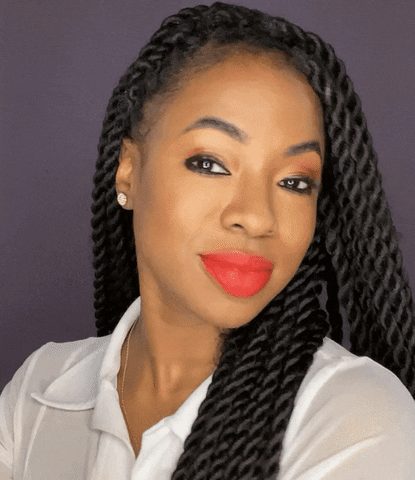
It all begins with thorough research that is specific to your product, so you can narrow down influencers that are active in your specific niche.
How do you find the right influencer for your beauty or fashion brand?
The fastest way to pin down your selections is to utilize social listening tools and tactics. You’ll gain useful insight into what your target audiences like and are talking about, and will have a better idea of how to choose your next influencers.
Social Listening Tools
Social listening software is packed with lots of data, analytics tools, and customizable options that are quite helpful in narrowing down your influencer choices. Many of these platforms come with free licensing options, or free trials (BuzzSumo, Hootsuite, Buffer) so you wouldn’t have to worry about costs when your budget is tight.
Hootsuite

Buzzsumo

Buffer

In addition, a Google search will also do a good job in identifying potential influencers and what people are saying about them.

A YouTube search will also yield good results in finding more about the influencers you’re interested in.

Then there are the social media hashtags. Mentions that are relevant to your industry can help pin down social media personalities that might be of interest. Head to Instagram – type the hashtags connected to your brand and list the people you think are a fit for you.

Another way to look for potential beauty influencer partnerships is to go to your competitors. Browse their social media profiles and look for people promoting their products that could be a match for you too.
These social listening tools and tactics should be enough for you to gather a list of potential social media influencers to work with. What you should do next is analyze how good of a fit these profiles actually are. Read on to see how to do so.
What to Keep in Mind When Analyzing Influencers’ Profiles
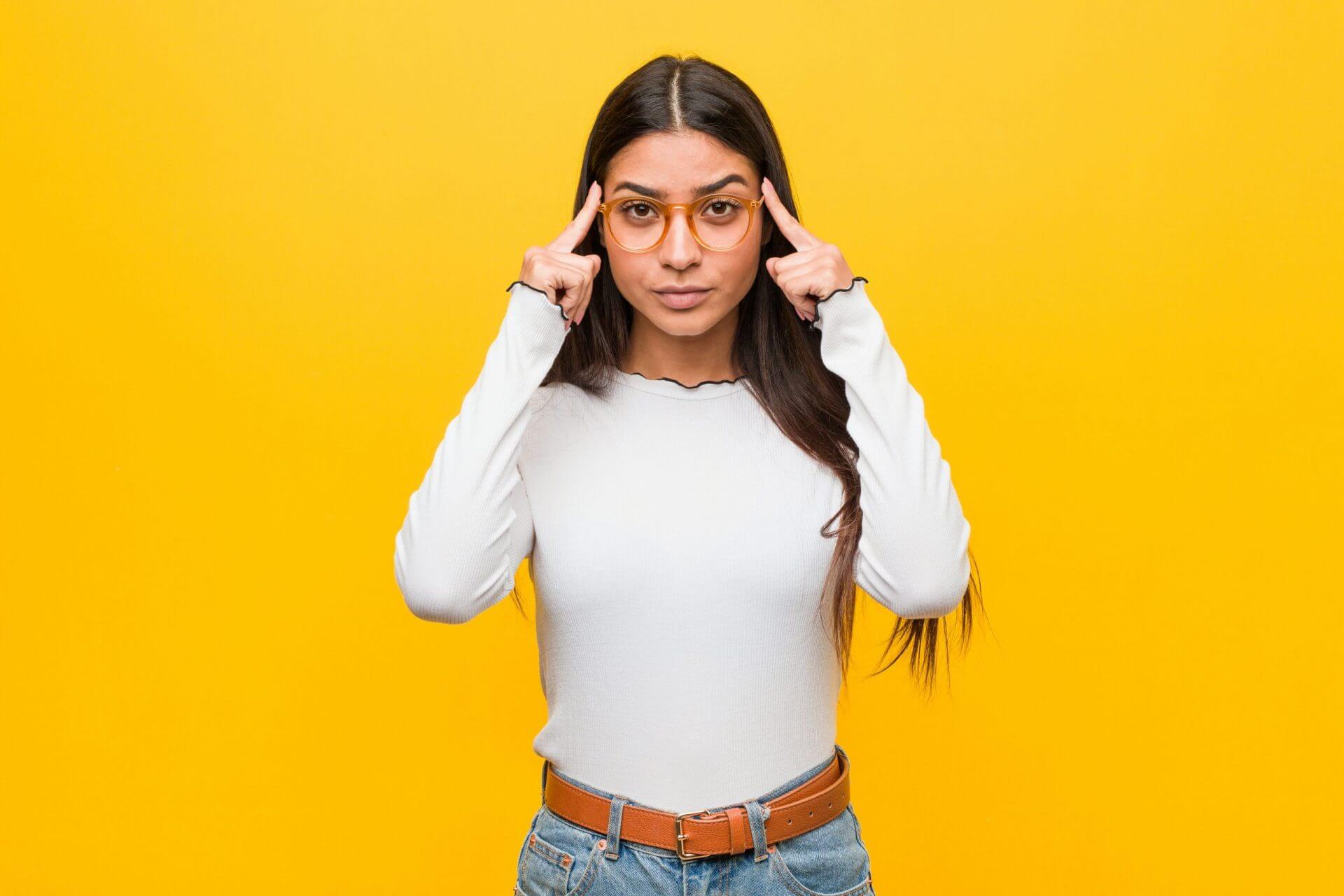
It’s important when you’re looking for influential profiles that you focus on the ones that are not just active in the fashion and beauty industries but are also super specific to your niche.
Here are a few factors to consider:
-
Relevance
To properly narrow down suitable brand partners, monitor online mentions of the term that’s directly connected to your product.
For example, if you’re selling products that are related to the “no-make-up” look trend a beauty influencer known for dramatic makeup routines is probably not the best fit to promote your products.
-
Active & Influential
Once you’ve completed your search and found people that are vocal about phrases you’re monitoring, cross-reference their activity with how influential they actually are.
Only mentioning keywords and phrases you’re monitoring is not enough to evaluate the potential partnership. Compare the profiles you’ve selected with their ability to influence their audience.
- What are their followers count?
- How engaged is their audience?
- Does the beauty influencer offer advice to their followers that are appreciated and praised?
- Are they genuinely interested in their followers’ feedback?
Monitoring the influencer’s online activity and answering these questions will help determine whether that partnership will be successful in avoiding PR troubles.
-
Right Kind of Audience
Carefully observing the online activity of the social media influencers you’ve listed in your research will also help you evaluate their audience.
Take a good look at their audience – are those your potential customers? At the end of the day, your influencer campaigns will reach exactly those people and you need to make sure that is the right audience for your brand. If they’re not, it’s clear that beauty influencer is not a good match for you.
-
Style of Communication
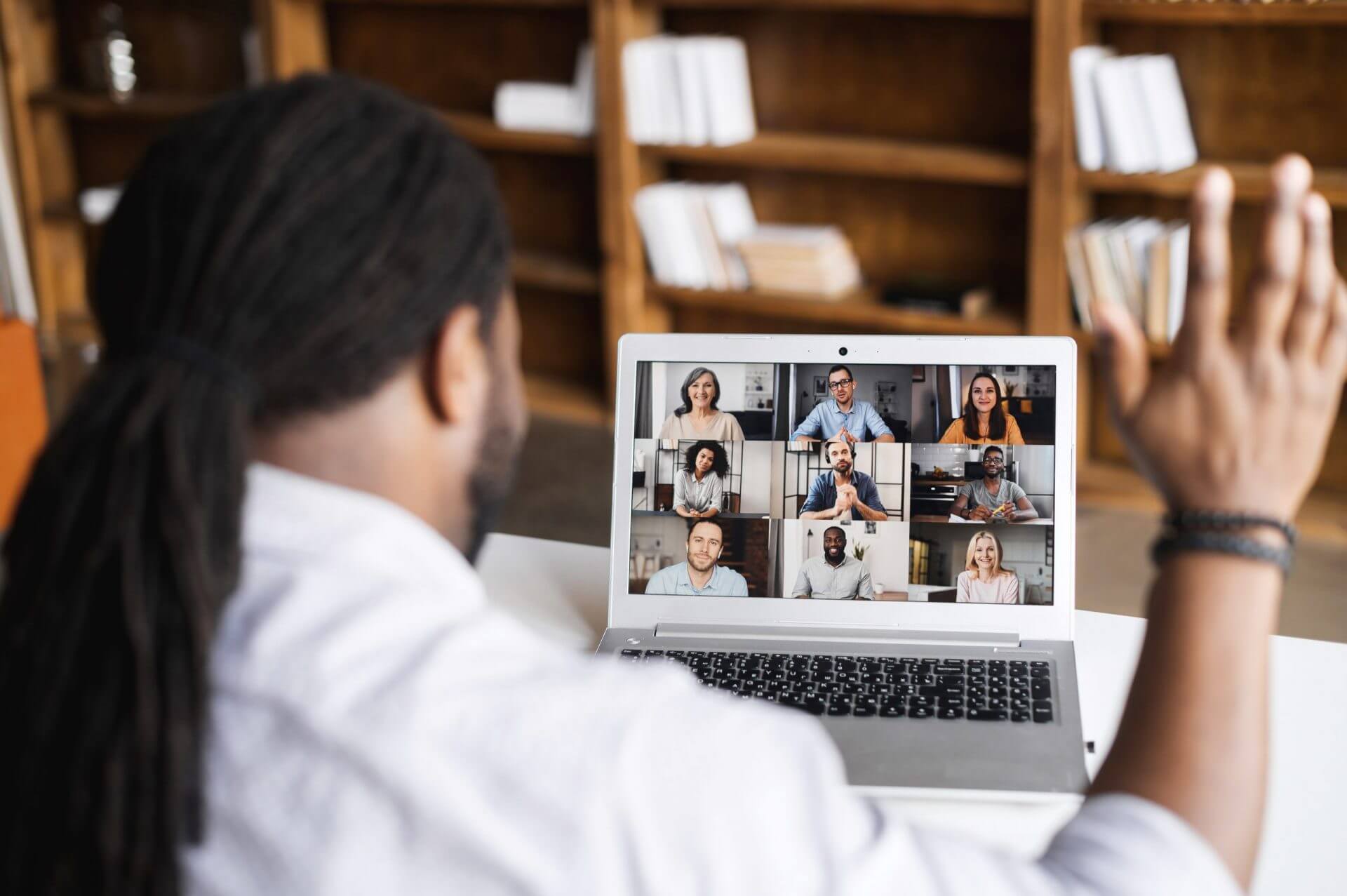
Take a look at each of your chosen influencers’ styles of communication. Do they fit with your brand image? Are they too provocative, or not enough?
If you’re looking to promote your product to an audience of a specific age like Gen Z’s, assess if the influencer’s style and voice are appropriate for your purpose.
Most importantly, you need to make sure the way the influencers present themselves correlates with your brand’s values and is what your audience expects.
-
Political Views
Another important aspect of an influencer’s image, to keep in mind, is their political views. Any extremes may drive your current and potential customers away, and damage your brand image.
Monitor for potentially scandalous behaviors or past events that might come to light at some point and drag your brand into a PR crisis.
-
Social Media Sentiment
After you complete your preliminary analysis and decide on a few influencers to work with dive deeper and examine the online activity and social mentions of them on influencer other social platforms.
- When people talk about the specific influence, what are they saying about them?
- Are people’s opinions mostly positive or negative?
Examine the sentiment of the influencer’s brand to find out what’s their reputation and how that aligns with your brand’s message.
How to Avoid Influencer Fraud & Protect Your Brand’s Reputation
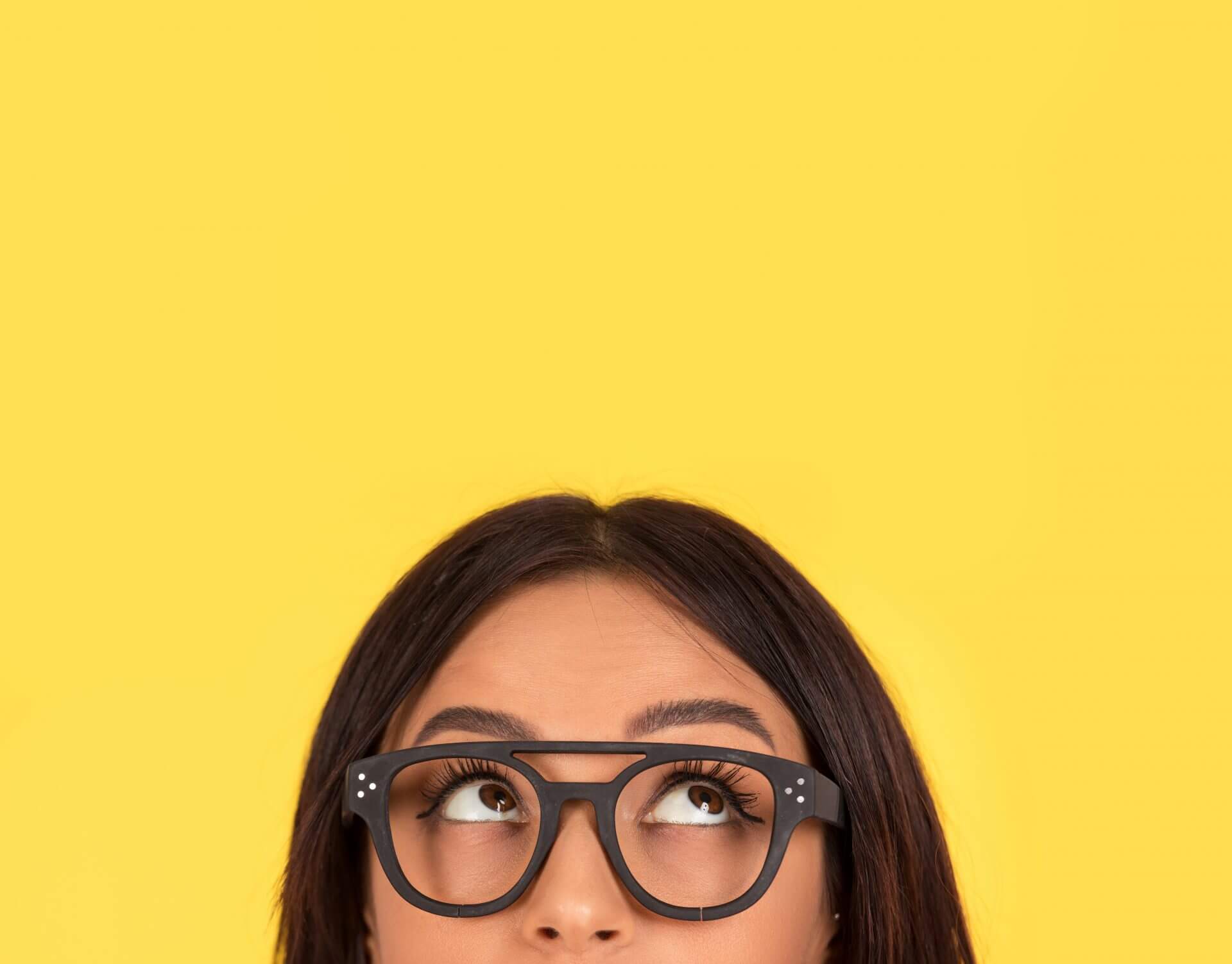
Woman WonderingThe last thing you want when forming a new brand partnership is to end up being associated with a fake influencer, or a well-known public figure that has been involved in PR scandals.
Fake influencers and fake followers are much more common than you might think and as New York Times has reported, are often connected to identity theft.
As a brand manager, you have to be extra diligent in your research when it comes to fake influencers as that might have many negative repercussions.
Investing in a fake influencer might seriously damage your reputation – financially and legally included.
If that’s not enough, imagine working with someone who has purchased their followers, instead of gaining them genuinely – What influence will your partnership have on a bunch of fake followers and bots?
So to avoid getting your brand in a controversial PR mess, you have to learn how to spot fake social influencers’ accounts.
Here’s how.
Out of Proportions Engagement Rates
If the influencer you are analyzing has a disproportionally high engagement with their audience, that might be a sign of a fake following.
Examine what are the engagement rates of other influencers with similar following counts. If there are considerable discrepancies, you should investigate further if this beauty influencer isn’t faking it.
Overnight Growth

A sudden jump of followers is something that should make you think twice if that’s a reliable influencer to work with.
We have to point out that a sudden surge of followers could happen due to a post gone viral in a matter of hours.
However, that rarely happens which should raise an alert.
Most Instagram influencers spend a considerable time growing their following – trust takes time. Anything that seems out of the ordinary needs to be carefully examined and put to a test.
Generic comments
Pay attention to the activity of potential bots in the comments section of your chosen beauty influencer profile. Anything too generic and repetitive like “awesome pic”, “great”, “nice”, or any other one-liner that could be used for any type of post, might be a sign of a fake engagement.
Real People as Followers
Take a look at what type of profiles follow your influencer. Doe followers’ names sound legit? Do they post real pictures? How regularly do they post?
Pay attention to these details to establish whether the influencer is actually a person with authority and not a bot operating under a stolen identity.
Questionable Fame
Is the beauty influencer you’re researching someone who you’ve never heard of?
If that’s the case, but they have an unbelievable high amount of followers, you have the right to ask how they got as many followers.
If that person actually holds real influence and their account isn’t fake, there should be a track record of a relatively steady increase of following.
Reach out to the influencer and ask about their followers. Perhaps there is a legitimate explanation. Either way, you will get an answer if the partnership is worth investing in, whether they reply or not.
These factors are important in evaluating if the influencer you’re reaching out to is a person who can help you grow and genuinely connect with real social media followers. The way your communication flows will be another factor to consider when you evaluate your potential partnership and the risks of PR crises.
To sum it up
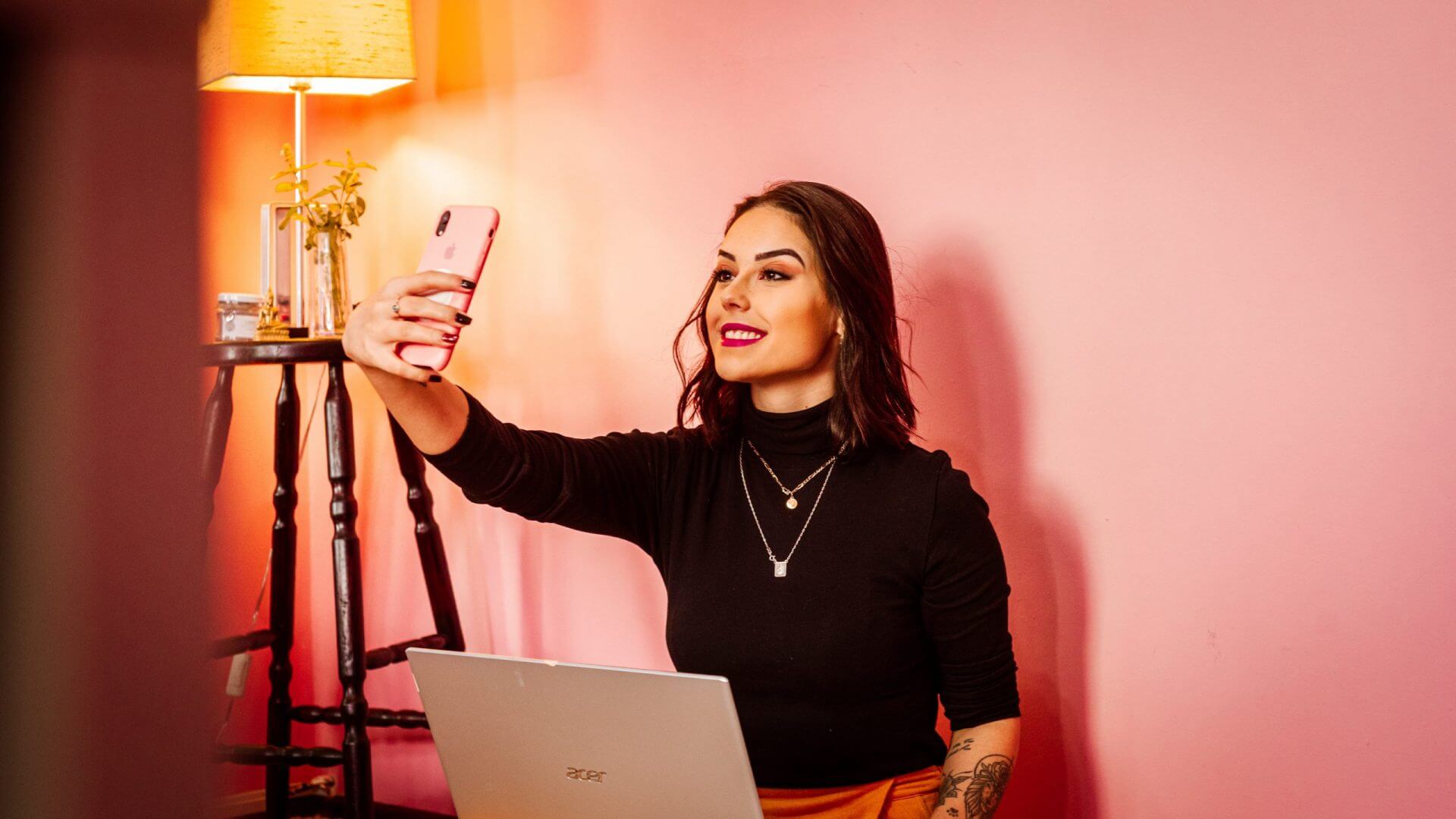
In 2020, almost half of the global size of influencer marketing spending was dedicated to fashion and beauty influencers. They are a powerful force that is pushing the growth of the industry.
With a myriad of potential influencer partnerships, brands that chose to invest in influencer marketing have the best opportunities to grow awareness and increase sales organically in no time.
Nevertheless, a mutually beneficial partnership should start with extensive research of the beauty or fashion influencers you think are a good fit.
A detailed investigation into each influencer to ensure you make the best choice for your brand and avoid any involvement in PR crises and controversies.



